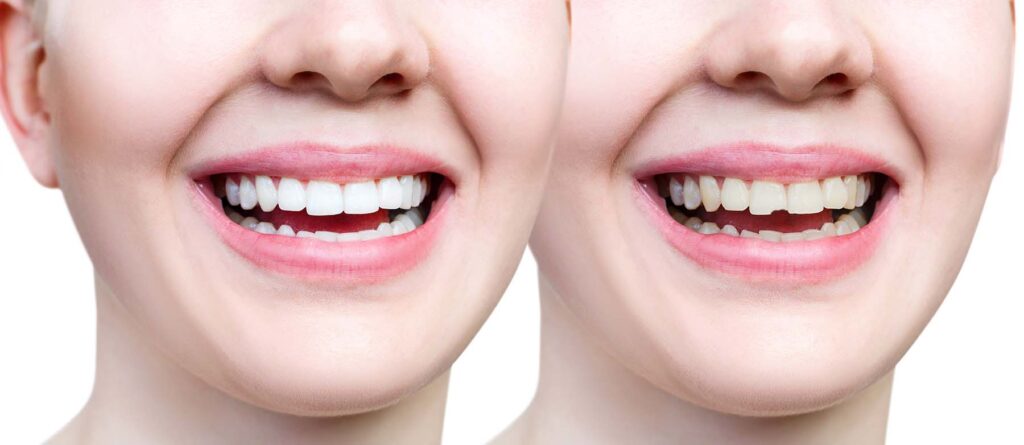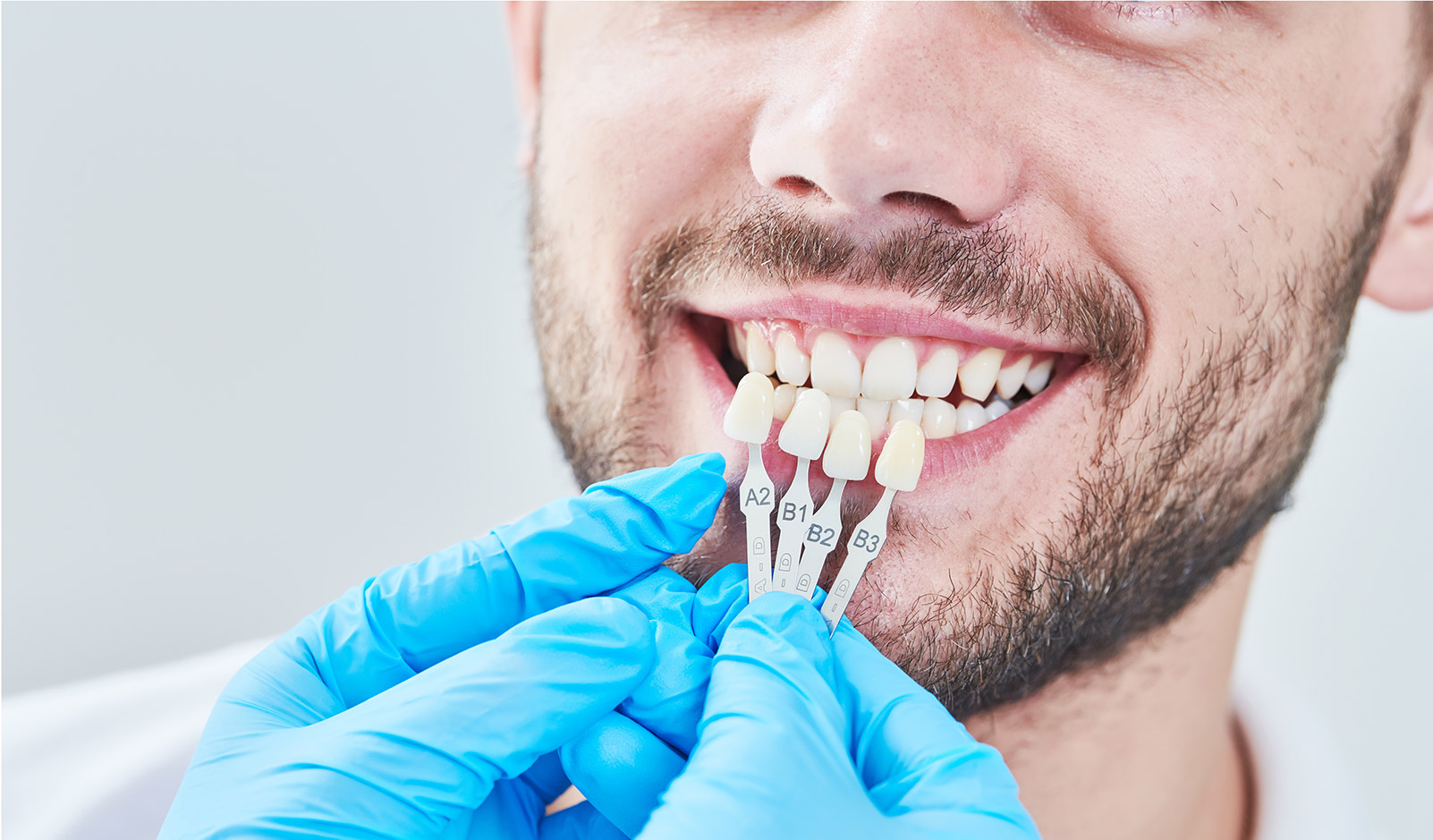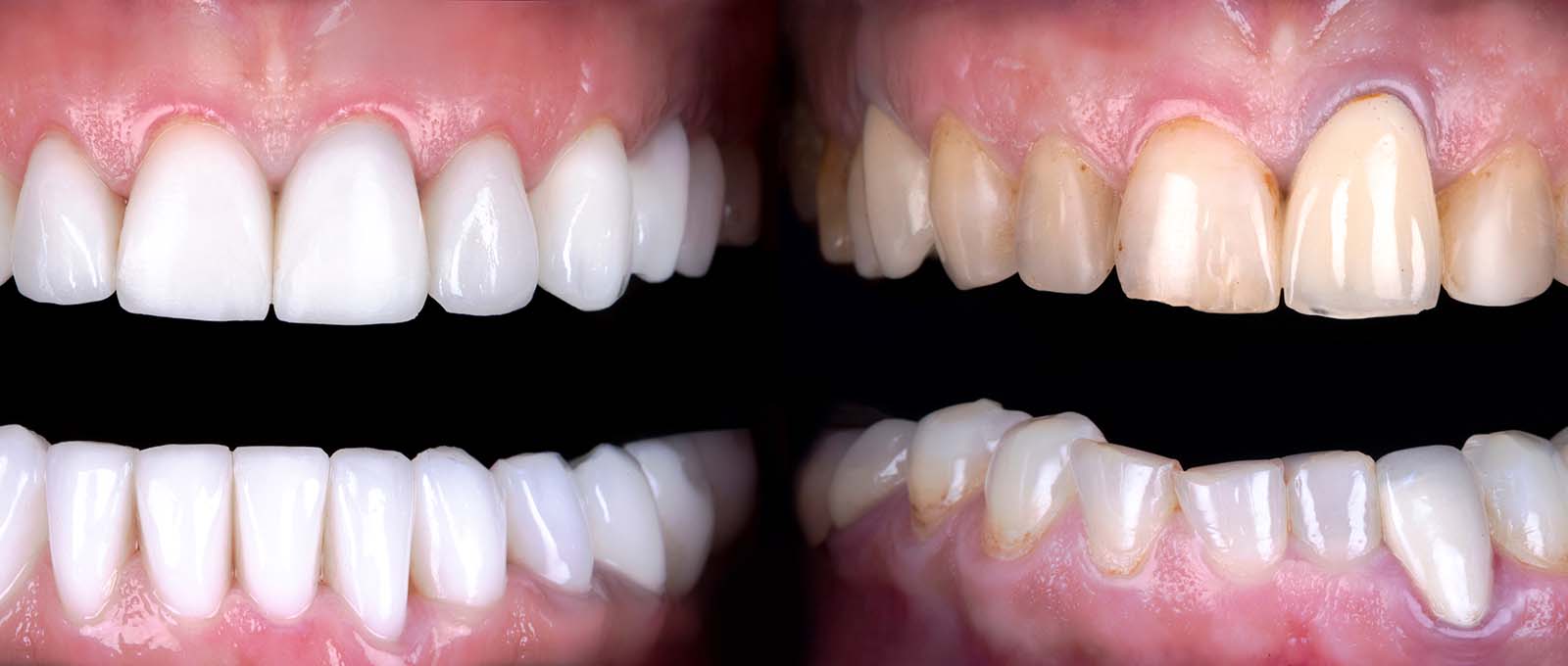Dental bonding is used to improve or restore your smile. It is ideal for several dental health issues, giving you versatility in the treatments that you explore to aid with your dental issues. Before you agree to this procedure, it is important to explore the potential benefits of dental bonding and to see exactly what bonding is and the conditions that it works for.
What is Dental Bonding?
Bonding involves the use of a resin material that is the same color as your natural teeth. It bonds to your natural teeth to help to reshape and restore them, depending on your needs. Southland Dental Care offers bonding to help with a variety of dental health issues.

What Conditions Can You Use Dental Bonding For?
The benefits of dental bonding extend to multiple different teeth issues. Your dentist may recommend bonding for the following conditions:
- Repairing teeth that are decaying
- Improving the look of teeth with discoloration
- Making your natural teeth appear longer
- You can use bonding instead of amalgam fillings when you need a cosmetic alternative
- Repairing cracked or chipped teeth
- Closing spaces located between your teeth
- Changing your tooth shape
- If you have recessed gums, bonding can help to protect the exposed root
What is the Dental Bonding Procedure?
The procedure for bonding is mostly the same no matter what you are getting the procedure for. General steps of bonding include:
- Your dentist will match the resin to your natural teeth as closely as possible by using a shade guide.
- In most cases, you will not require anesthesia. The exceptions to this include having a chip in your tooth close to a nerve or the need to drill for tooth decay or to change the shape of a tooth.
- The dentist starts by roughening your tooth’s surface and applying a conditioning liquid.
- Your dentist applies the resin to your tooth and then molds, smooths and shapes the tooth.
- The next step is to harden the resin using a laser or a light.
- Next, your dentist trims and shapes the tooth to get its final shape.
- They then polish the tooth to ensure that its sheen matches your natural teeth.
On average, bonding a tooth takes approximately 30 to 60 minutes. If your dentist is working on multiple teeth, the time will be longer.
Exploring the Benefits of Dental Bonding
There are several benefits associated with dental bonding. Learn more about the benefits to determine if dental bonding is right for you.
Bonding is a Relatively Simple Process
In addition to bonding, there are other options to repair and restore your teeth. These include crowns and veneers. However, compared to these treatments, bonding is less extensive, making it faster to perform. With bonding, the dentist can complete the process in about an hour for each tooth. If you choose veneers or crowns, it may take more than one appointment to complete the full process.
Retain Your Tooth’s Natural Structure
Compared to other procedures, bonding requires little to no enamel removal. Because of this, it preserves the natural structure of your tooth. Over time, this helps to better protect the health of your teeth where your dentist performs bonding.
It Often Does Not Require Anesthesia
With a few exceptions, bonding does not require any anesthesia. Unless drilling is necessary, the process is painless, so your dentist will not have to numb your mouth for the procedure. This reduces the preparation for bonding, and it means that there are fewer steps to the process. For most bonding purposes, the lack of anesthesia also means that if you have a fear of needles, you will not have to deal with them.
It Has a Natural Look
Your dentist uses a shade guide to help ensure that the bonding resin matches your natural tooth color as much as possible. Once the procedure is complete, you typically are unable to tell where the resin stops, and your natural tooth starts. You also have the option to whiten your teeth prior to bonding so that the resin used will match the new, lighter shade of your teeth.
It is important to remember that if you whiten your teeth after bonding, the resin will not lighten. Because of this if you are planning for teeth whitening, it is better to get it done before bonding if your dentist recommends this.
There Are No Harmful Chemicals to Worry About
The materials that the dentist uses for bonding are fully biocompatible. This means that you never have to concern yourself with chemicals leaking from the resin like you do with older dental materials, such as the old silver fillings. In fact, dental bonding is sometimes an option to remove the silver fillings if you want your dentist to remove them.
Protection Against Bacteria
The materials the dentist uses makes a direct bond with your teeth. Because of this, you do not have to worry about bacteria getting between your natural tooth and the bonding. This means that there is no risk of an infection setting in at the site of the bonding. However, you will still need to engage in proper dental hygiene to prevent infections elsewhere in your mouth.
It Has a Long Lifespan
Overall, the materials the dentist uses for the procedure last for a long time. It is important to note that the lifespan of your bonding depends on different factors, such as the area of your mouth where the bonding is placed and the length of the material. If your dentist is using it for a filling, the overall size of the filling can also impact the lifespan.
For the most part, bonding lasts about as long as a silver filling. However, you do not have to worry about the tooth discoloration that can occur with a silver filling.
If you have a dental condition that could benefit from bonding, talk to your dentist at Southland Dental Care. They can help you to decide if bonding is your best option to help to restore your smile.











